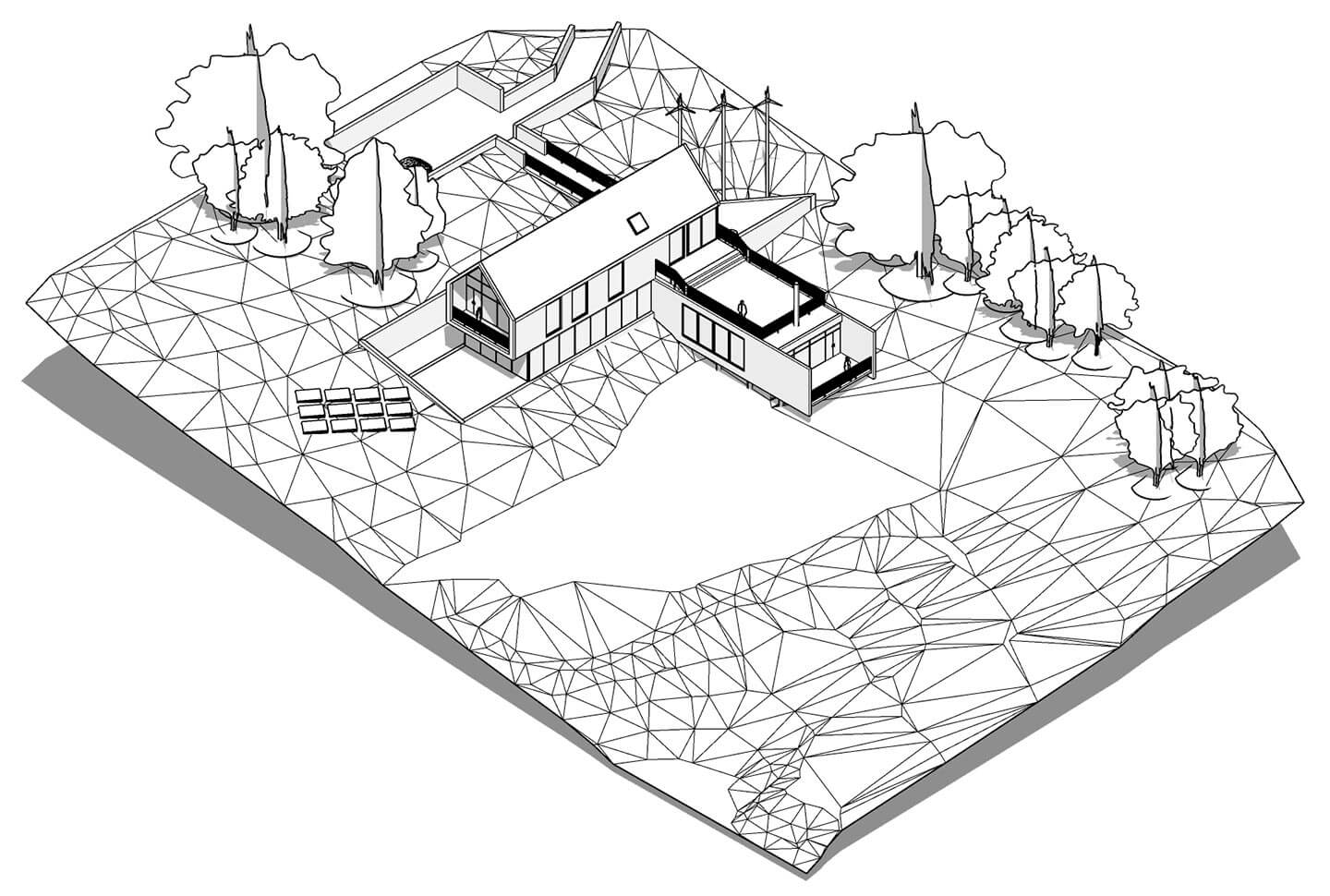


The temporary solution might be a period of modeling on the pleasantly silent workstation and rendering on the extremely noisy laptop until I can get a new computer. I hope to squeeze a couple more years out of the "old" workstation before I ask the management for a very expensive new computer, but maybe it is a terrible plan. Jtubb: VRam is definately part of the problem, the building in question did render on the RTX 3060 laptop. You kind of have to pick your poison, educate everyone in the workflow about how much work is involved, and try to meet in the middle somewhere.

But the chances of the designers having time to fix things is pretty low as well. If you aren't proficient/comfortable modeling in that, you can at least push the geometry fixes back to the architects and have them deal with it, while you focus on materials, entourage, lighting, etc. That said, as Pieter suggested, the most efficient route is to do the visualizing in Revit. The downside there is you end up with way more stuff in the Revit model than you really need for construction documentation. We have some designers who really get into Enscape, and produce most of the renderings themselves. On one hand, it guarantees you stay employed, on the other hand explaining why it takes so long to clean things up when "we already have a model" is a constant struggle. Regardless of all the 3D work in Revit, the final output is still 2D drawings, and designers will basically do whatever they need to to make the drawings look right. can you really demand that the architects "clean up their own mess" before sending it off to visualization (or other services)? The question I have is how many errors or bad modeling in the Revit file do you forum readers accept, and can you really demand that the architects "clean up their own mess" before sending it off to visualization (or other services)?ĭo you all get clean, perfect models from your architects, or do you have some sort of quality description/minimum standard for the files you work with? If that is the case, does anyone have the opportunity to share such a description with me?Įarlier, they only messed things up in 2 dimensions, but there is an awful lot more that can go wrong i 3D. It also uses my allotted time to fix other peoples mistakes, making the visualization process more expensive than it should be, thus making me less competetive. Usually I am able to fix things within SketchUp, but it is really a stupid way to work, as I have to repeat it in the next revision. The (exported) error report from Revit is nearly 2000 lines, which seems to imply that there are issues with almost 10 % of the geometry. I have been struggling with a file for a rather large building, it comes into SketchUp as 20000 objects and crashes when I try to render in Enscape. The usual workflow is to import Revit files via the Simlab plugin to SketchUp, fix them, add context and entourage and then render images with Enscape. I work as an inhouse visualizer for an architectural firm.


 0 kommentar(er)
0 kommentar(er)
